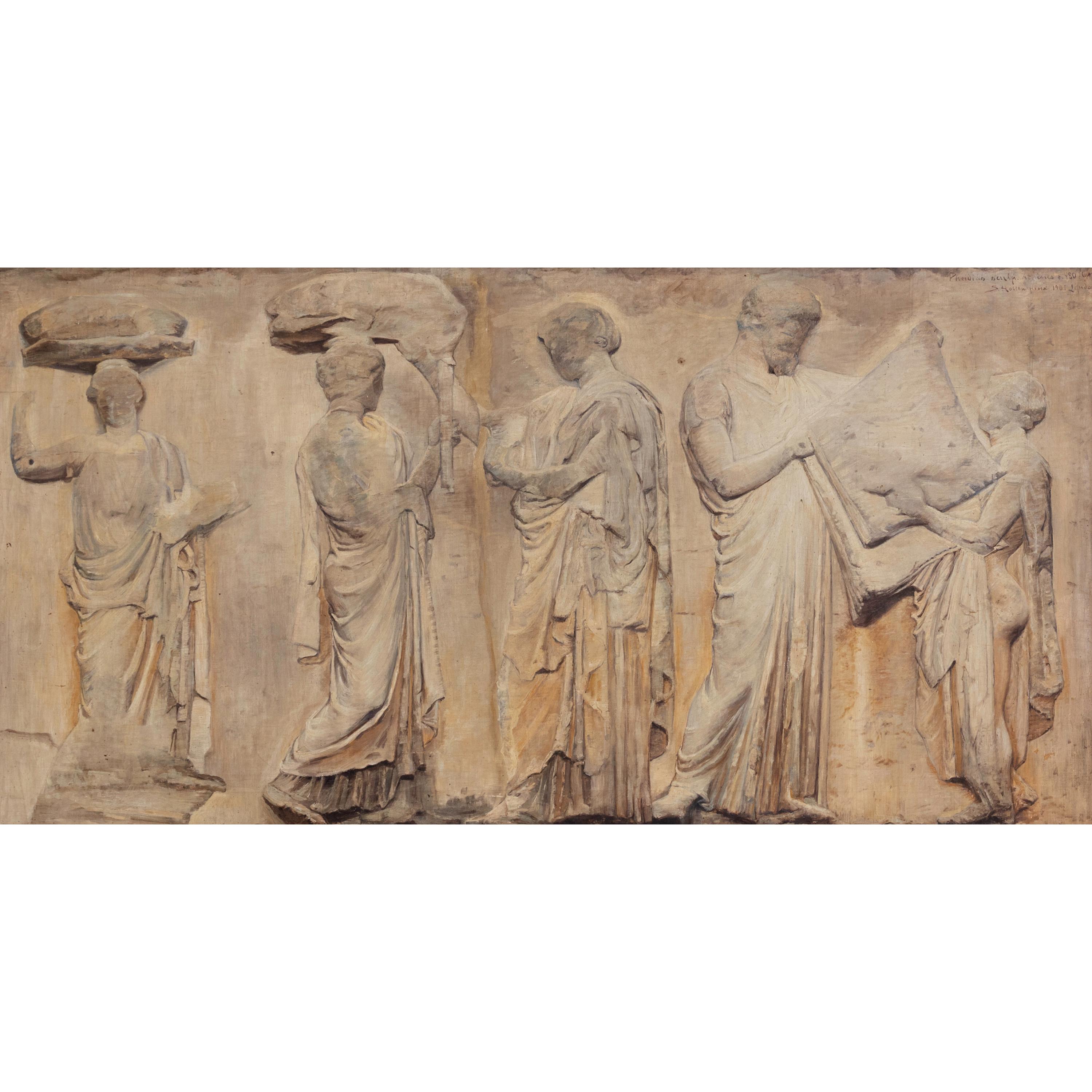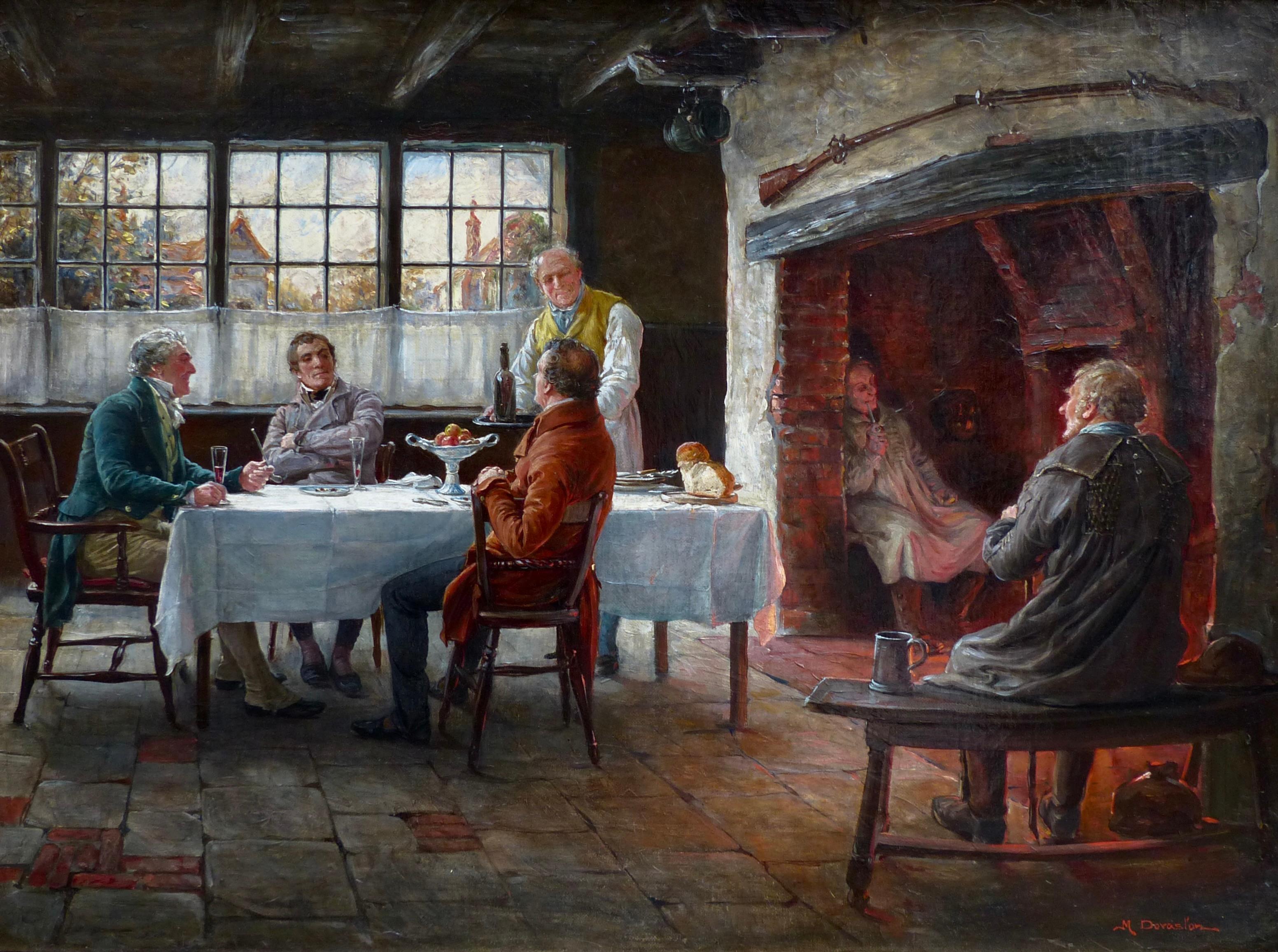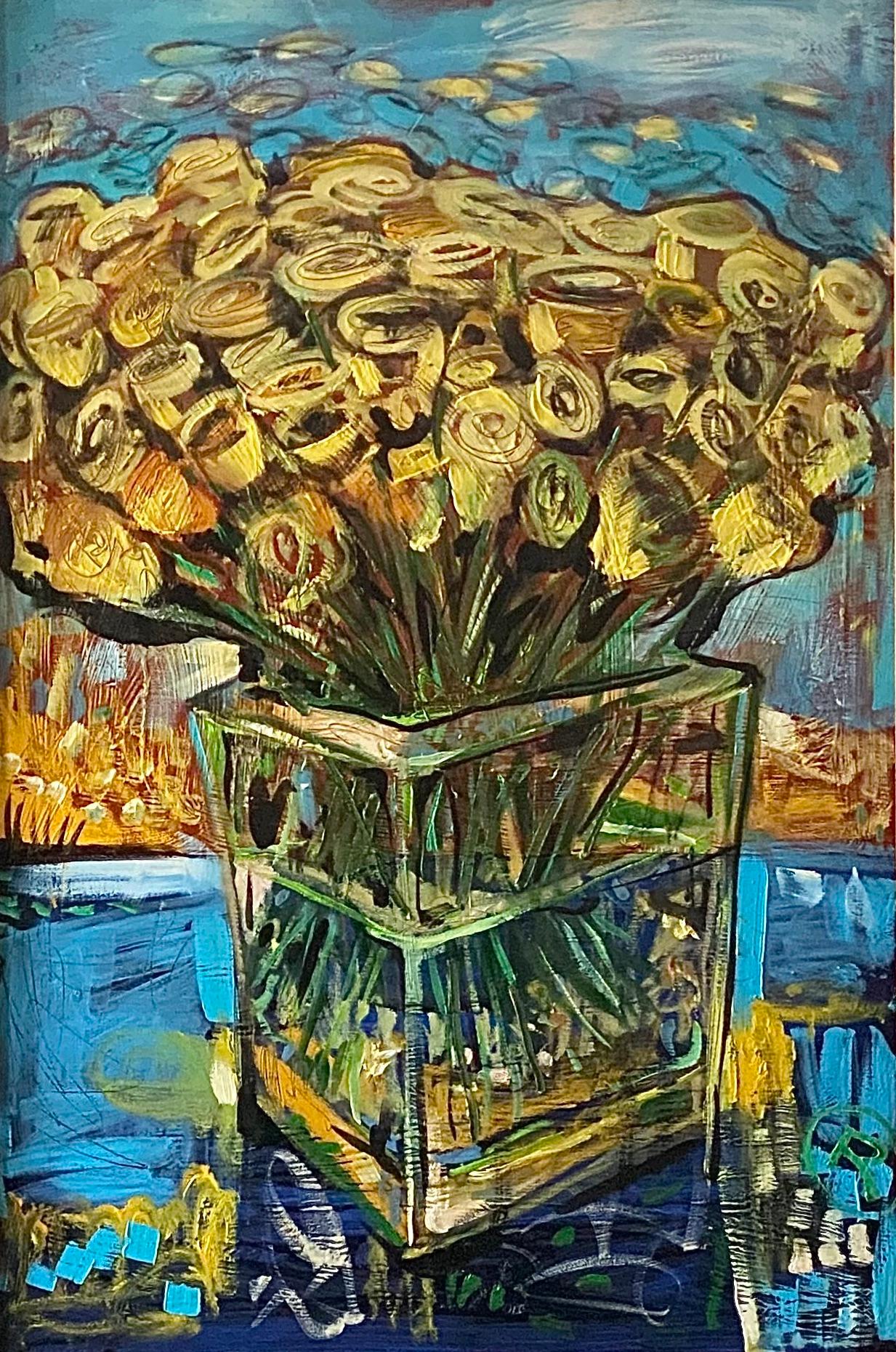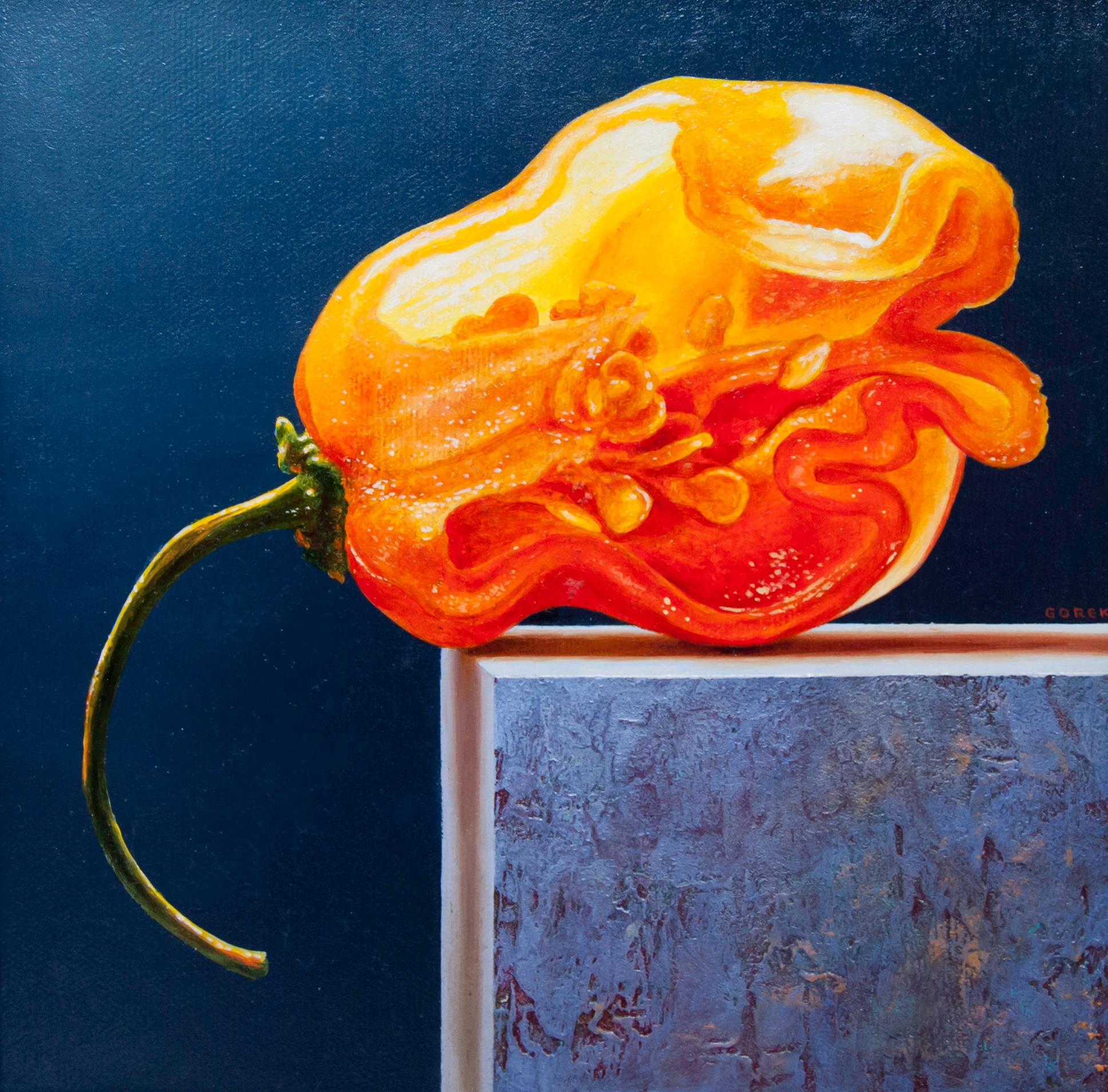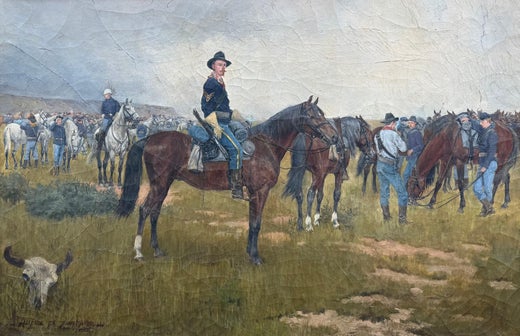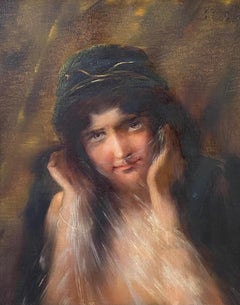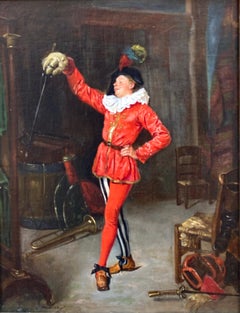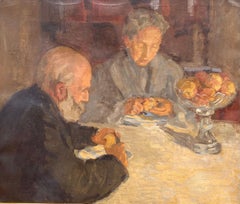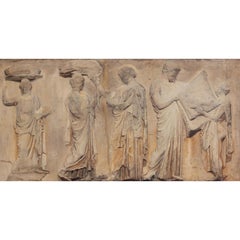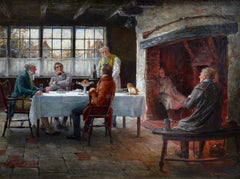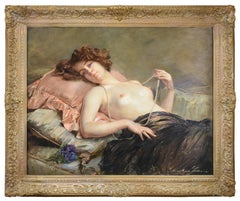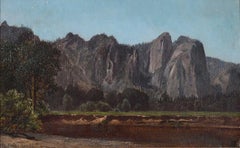Rufus Zogbaum“Union Calvery Army”1885
1885
About the Item
- Creator:Rufus Zogbaum (1849 - 1925, American)
- Creation Year:1885
- Dimensions:Height: 16 in (40.64 cm)Width: 24 in (60.96 cm)Depth: 2.5 in (6.35 cm)
- Medium:
- Movement & Style:
- Period:
- Condition:Unlined original canvas. Original stretcher bars are warped at corners. Canvas is stretched tight with no issues from stretcher bars being warped.
- Gallery Location:Southampton, NY
- Reference Number:1stDibs: LU14115329792
Rufus Zogbaum
Born in 1948, Rufus F. Zogbaum comes from an illustrious family of artists. His great-grandfather, the famous American illustrator with the same name, Rufus Fairchild Zogbaum and his father, sculptor Wilfrid Meynell Zogbaum, were both artists. Rufus’s mother, Elisabeth “Betsy” Ross Zogbaum was a close friend and companion of painter Franz Kline. In Rufus’s work, one can identify links to the countless artistic influences of his life. Rufus grew up in the 1950s and 1960s around some of the most famous artists, writers and poets of that era. Many of these artists, including Franz Kline, came to be known as part of an informal group called the New York School. Rufus also came to know the founders of Abstract Expressionism. A select list of these artists included Jackson Pollock, Willem de Kooning, Robert Motherwell, John Ferren, Lee Krasner, Mark Rothko, Myron Stout, Giorgio Cavallon, Vita Petersen and Jack Tworkov. Zogbaum attended the Philadelphia College of Arts, where he graduated in 1970. Soon after graduating, Zogbaum moved to Chicago, where he held a studio at the iconic Contemporary Art Workshop in Lincoln Park. For nearly 40 years, he was featured in numerous group shows and solo exhibitions throughout the US, including one at the Manny Silverman Gallery in Los Angeles in 1991. Rufus eventually moved back to New York and continued to live and work there as an artist and paintings conservator. Around 2009, Rufus decided to pursue another passion – woodworking. Rufus’ works of art can be found in public and private collections throughout the US. He moved to Massachusetts, where he lives with his wife and pursues his hobbies of woodworking and kayaking. He first encountered Greenland style paddling in the early 2000s at the Mystic Seaport and has been fascinated with Greenland style paddling ever since. He has built a CLC Shearwater 16 kayak and several paddles.
- ShippingRetrieving quote...Shipping from: Southampton, NY
- Return Policy
More From This Seller
View AllEarly 1900s Academic Figurative Paintings
Canvas, Oil
1870s Academic Figurative Paintings
Canvas, Oil
1880s Academic Figurative Paintings
Canvas, Oil
1930s Academic Figurative Paintings
Canvas, Oil
1890s Academic Figurative Paintings
Canvas, Oil
Late 19th Century Academic Figurative Paintings
Canvas, Oil
You May Also Like
Early 1900s Academic Figurative Paintings
Oil, Canvas
Late 19th Century Academic Interior Paintings
Canvas, Oil
Early 20th Century Academic Nude Paintings
Canvas, Oil
1870s Academic Landscape Paintings
Canvas, Oil, Board
18th Century Academic Figurative Paintings
Canvas, Oil
1940s Academic Portrait Paintings
Canvas, Oil
